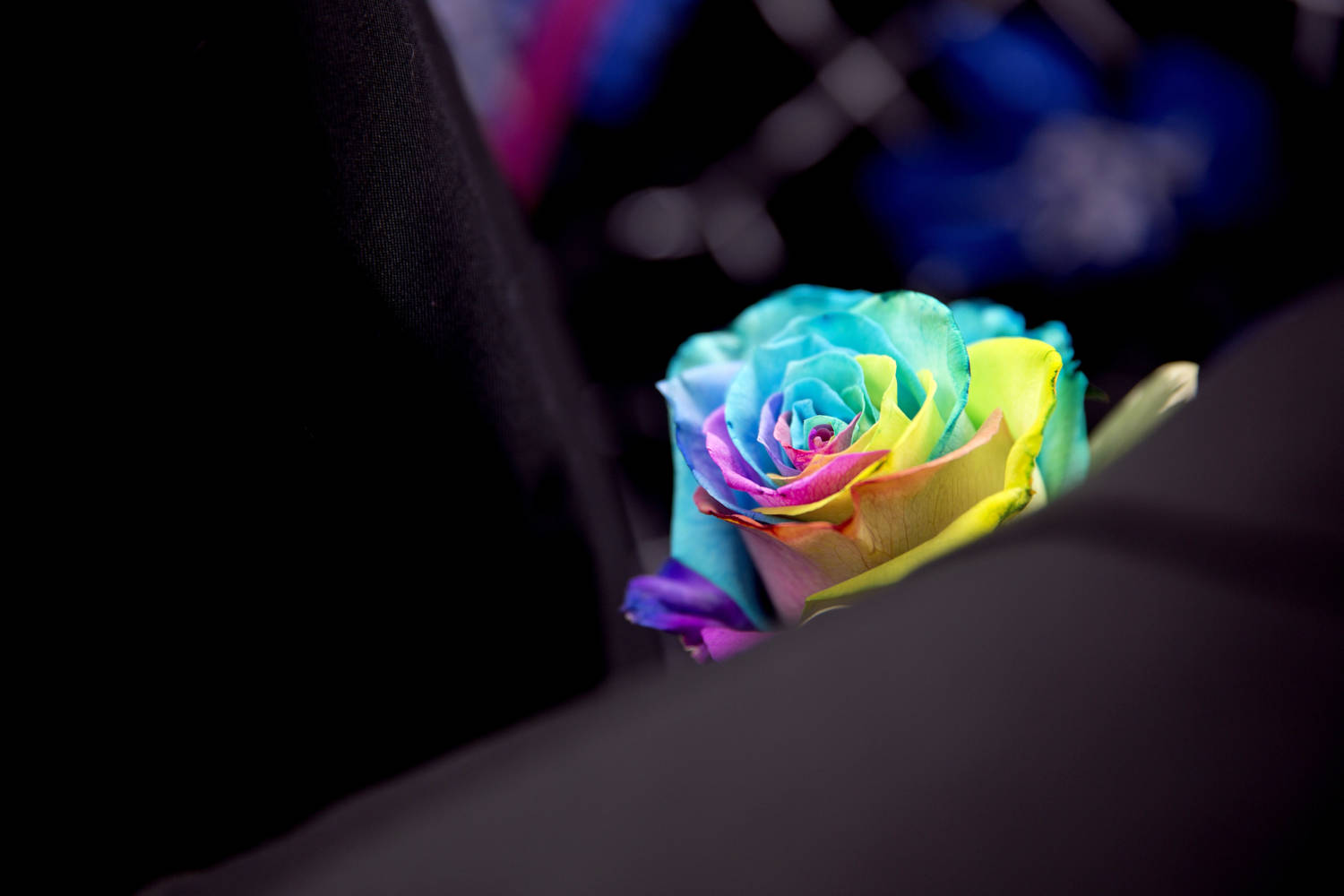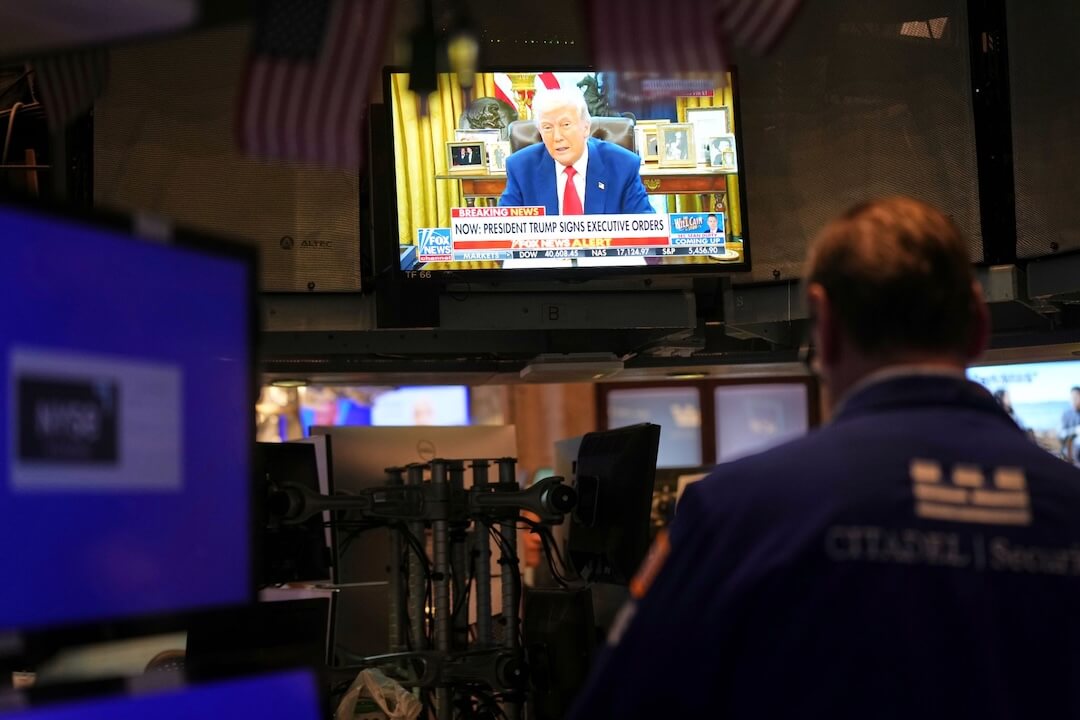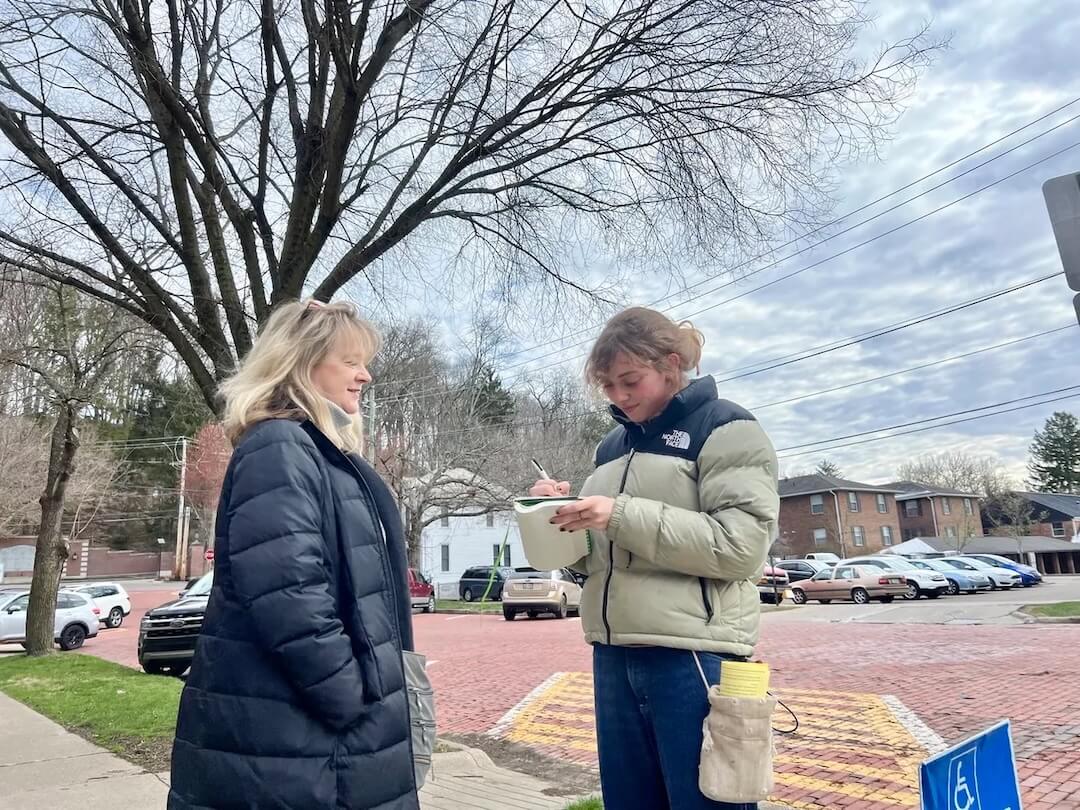The Orlando Sentinel put together a digital time capsule of what life has been like in Orlando since a man opened fire in a gay nightclub and killed 49 people. The video, 24-minutes long, doesn’t focus on the shooter or his story.
Instead, it tells small stories from survivors, a first responder, the community and each of the victims.
“While I think the city is forever changed, and I think the unity and feeling of community and togetherness is something that will stick, I think we wanted to document the beginning of that story as close to the beginning as we could,” said Todd Stewart, the Sentinel’s interactive and visuals manager.
The Sentinel, which has covered the news since the very beginning, has started pulling back from daily vigils, funerals and investigations to offer a broader look at how the community is coping.
This is the first pull-back video since the shooting, Stewart said, and also the first long-form video they’ve produced (not counting live programming).
“It’s still raw,” he said. “It’s still an emotional event to cover. It’s still very raw in our community. No one’s forgotten. We’re getting closer and closer to a spot where we can start healing a little bit.”
Stewart and the team that worked on the project didn’t intend for it to be a restorative narrative, but it is an example of one, said Mallary Tenore, executive director of the non-profit media group Images and Voices of Hope and the former editor of Poynter.org.
Restorative narratives, by definition, document how people and communities heal and find resilience months, sometimes years after tragedy. They don’t often happen when the story is so new, Tenore said, but she’s seen a few news organizations show moments of resilience as they unfold.
“It’s showing how people are really trying to make sense of what happened, coming together and trying to find ways to heal from this even though it’s still very raw,” she said.
Restorative narratives don’t gloss over difficulties, she added, but they can show that a community isn’t defined by those difficulties.
In the Sentinel’s video, there are survivors meeting for the first time since the morning of the shooting, a physician whose bloody shoes became a symbol of grief and determination, Orlando’s mayor and a few minutes devoted to reclaiming what the city really means.
The video utilizes some work already produced for the Sentinel and was shot off-site at the Dr. Phillips Center for the Performing Arts, home to the Orlando’s largest memorial of the shooting.
The second half of the video tells the stories of each of the 49 victims. It’s tough to watch, Stewart said. He tells people to take it in 10 60-second increments.
Processing what happened in Orlando has been tough, and having a project to rally around has been good for everyone involved, Stewart said. But from the beginning, they’ve kept their focus on the community.
“There has been a dramatic sea change in terms of our community and how, I hope, it treats one another,” he said. “That’s gonna be the lasting legacy of this.”







